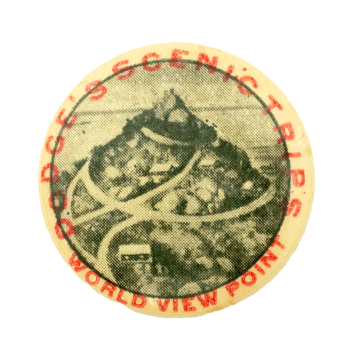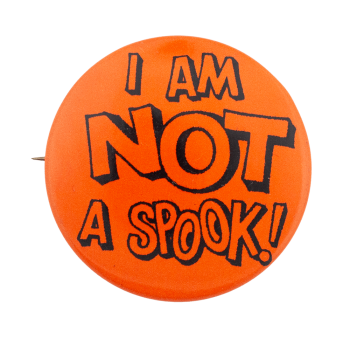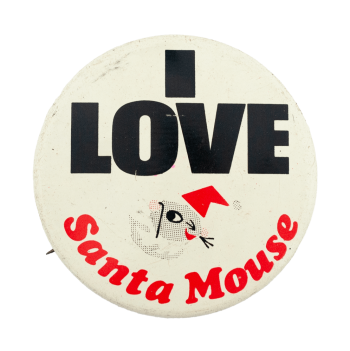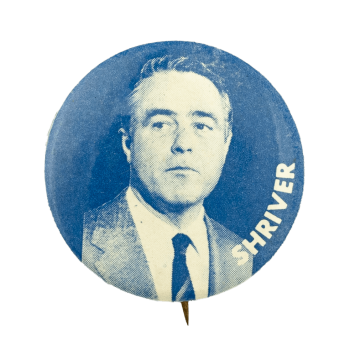Pickering Wharf Rat
| Category | |
|---|---|
| Additional Images | |
| Sub Categories | |
| Text on Button | PICKERING WHARF RAT |
| Image Description | Black text on a hot pink background |
| Back Style | |
| The Shape | |
| The Size | |
| Additional Information | Pickering Wharf, located in Salem, Massachusetts, is a popular tourist destination full of restaurants, retail stores, and a marina. The wharf was constructed between 1977-1979 as a recreation of an 18th-century shopping village and pays homage to Salem’s maritime history. So-called “ship rats” historically stowed away on cargo ships and boats around the world. English-born Puritan Roger Conant founded and colonized Salem. He arrived by boat in 1625 and undoubtedly brought rats on his ship. Thus, the slogan on this pin: “Pickering Wharf Rat.” The visitors to the wharf, then, were honorary rats, a humorous way to remember the rats that stowed away on cargo ships and made homes at the seaports to which they arrived. The slogan "Pickering Wharf Rat" likely comes from a now-closed restaurant called Victoria's Station; on the menu were appetizers such as "Wharf Rat Ale Battered Artichoke Hearts." The restaurant sold much merchandise including pins, t-shirts, mugs, and ale glasses. |
| Sources |
Pickering Wharf - Salem Links and Lore. (2015). Salempl.org. https://salempl.org/wiki/index.php?title=Pickering_Wharf DiCologero, B. (2018, May 29). Salem’s History. Destination Salem. https://www.salem.org/salem-history/ Victoria Station is Still Operating in Salem, Mass. 2007. (2022). Victoria-Station. https://www.vicsta.com/salem-victoria-station |
| Catalog ID | IB0886 |




















